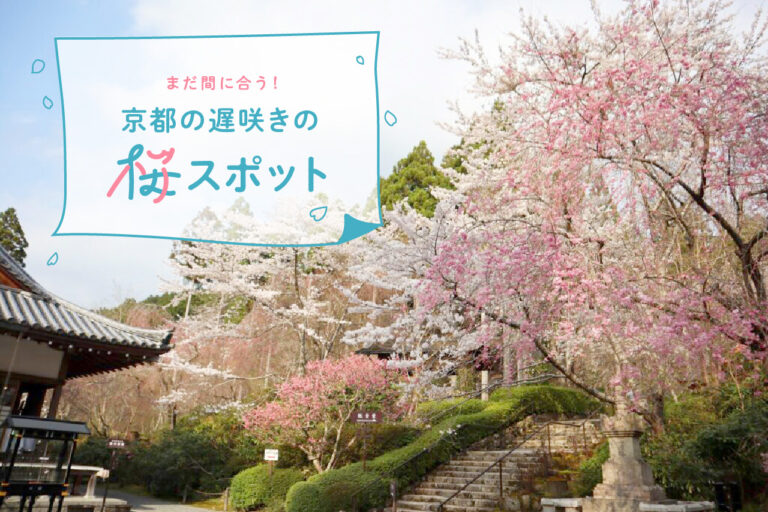
[2025] It's Not Too Late to Enjoy the Late Blooming Cherry Blossoms in Kyoto! Late Blooming Cherry Blossoms in Kyoto...
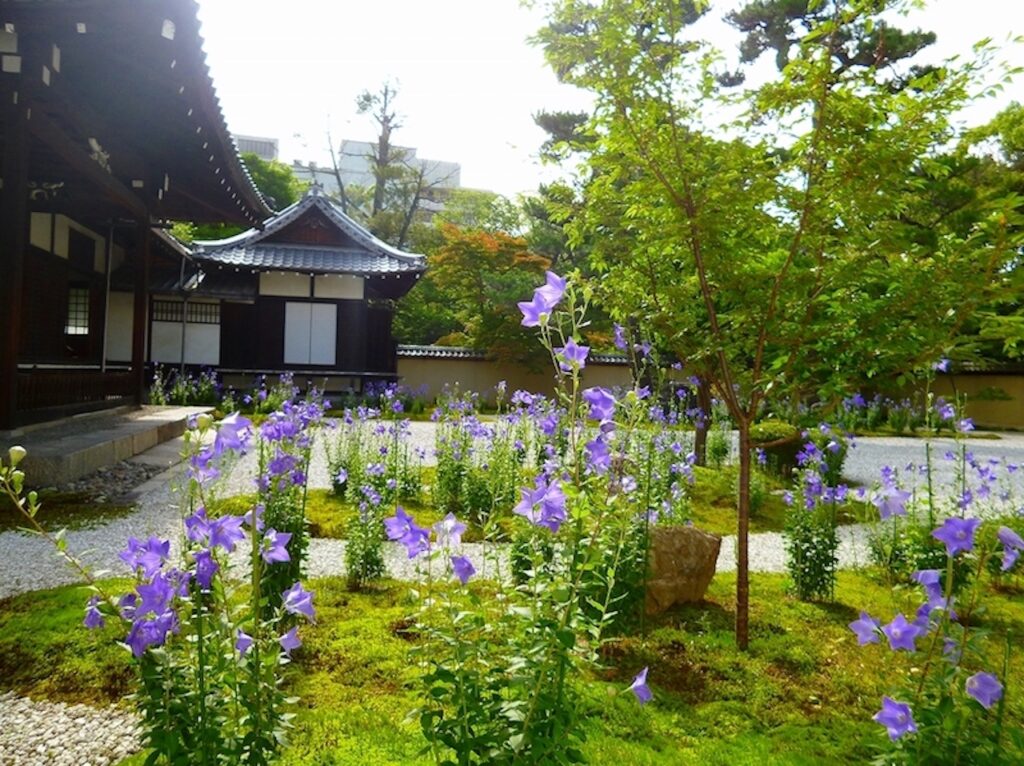

Lord Seimei served six emperors.
Lots of power-packed attractions
Lord Seimei Abe was an active Yin-Yang master during the Heian period (794-1185). In 1007, two years after his death, Emperor Ichijo, who praised his great deeds, built a shrine in his residence, which was the beginning of Seimei Shrine. It is said that the shrine was larger than it is today, covering an area from Kuromon-dori in the west to Neutraluri-dori in the south. The Nishijin area was historically a place of great change. The shrine changed its size during the Onin War and during battles and construction by Toyotomi Hideyoshi, and it has evolved to its current form," says Takuya Yamaguchi, the head priest of the shrine. When we asked about the mysterious Lord Seimei, he replied, "At the time, it was said that 40 to 50 years old was the life expectancy, but Lord Seimei lived to be 86 years old. There were private Onmyoji, but Seimei was an official Onmyoji, and he must have been relied upon by emperors and aristocrats for generations to come to establish his position. The area where Seimei resided was the main gate of the Imperial Palace at that time, and it can be seen that he was in charge of ward off evil spirits in the capital.
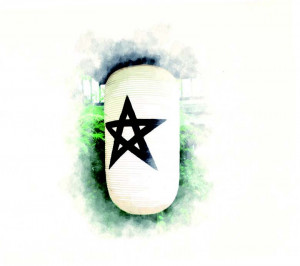

The grounds of the shrine are filled with places where one can feel mysterious power, such as the old Ichijo-koronibashi Bridge, stone statues of spirits and shikigami used by yin-yang masters, and the Seimei Well, which is said to be the well from which Seimei no Mikoto (Lord Seimei) drew a spring with his psychic power. The old Ichijo-koronibashi Bridge was actually used from 1922 before it was replaced by the current bridge. Even today, it is customary not to cross the bridge for weddings and funerals, and during the war, soldiers used to cross the bridge to return home alive.
Seimei Kikyo has been protecting people
There is also a "Mon Ei Spot" in the precincts of the temple.
The Seimei Kikyo (Chinese bellflower) crest can be seen everywhere on the shrine grounds, from the first torii gate facing Horikawa-dori, to the lanterns in the shrine pavilions and the roof tiles of the buildings. It is one of the prayer charms used in the Yin-Yang path created by Lord Seimei, and is also called a pentagram. It was named after its resemblance to a Kikyo (Chinese bellflower) in bloom. The Seimei Kikyo is used in various places as a mark to ward off bad luck and protect oneself. It is said that it was carved on the top of the cap of the Japanese army in the Meiji era (1868-1912) and on the northeastern corner of the moat of Osaka Castle. The seman-doman on the handkerchiefs and lintels worn by ama divers in Ise Aisashi, Mie Prefecture, is also famous.
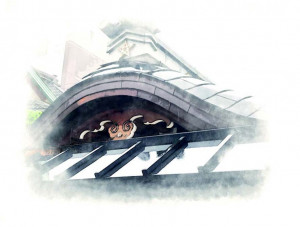

In the precincts of the shrine that is the original home of the Seimei Kikyo, there is a "spot recommended by Mr. Yamaguchi to show off the shrine crest. The Shishinmon Gate is located at the second torii (second shrine gate). When this gate is open, the Seimei Kikyo crest on the north side of the gate reflects the sunlight coming in from the south, and the crest floats beautifully on the ground when the time is in the middle of the south," he said. The gate is said to have been opened and closed by the god of ceremony during Seimei's lifetime. It may be a trick of Shikigami that we can still see the two fantastic crests today.
Kikyomori, which nurtures the heart of sincerity
Now is the time to cherish your nearby connections, too.
On the occasion of the 1,000th anniversary of Seimei's death, 2,000 bellflowers were planted on the temple grounds in honor of Seimei Kikyo. The flowers are usually at their best in mid-June, but this year they will be planted a little earlier. The language of the bellflowers is 'eternal love' and 'sincerity. I always think that the sight of the flowers blooming is a perfect example of the word "sincerity. Many visitors look forward to seeing the flowers every year, and during the blooming season, "Kikyo Mamoru" and "Kikyo Clay Bell" are given to visitors.
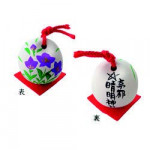

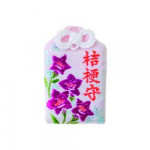

The blooming period is limited from the time the first flower blooms to the time the last flower falls. The flowers will continue to bloom until autumn, when there is a cool breeze," he said. The benefits of the Kikyo Mamoru are just as the flower's language suggests: "Nurture a heart of sincerity. It is a good luck charm for those who wish to have a heart of sincerity. The charm can also be shipped, making it easy to obtain even in these difficult times of travel.
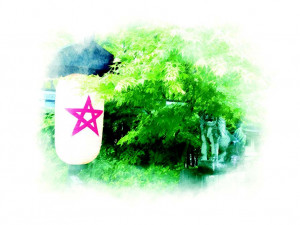

Facing the Corona disaster also brought a new realization to Yamaguchi. Not only the bad things," he said, "but also the opportunities it has given us to get the attention of the people of Kyoto. Until now, most of our worshippers came from far away, and I had the impression that we often read out addresses from other prefectures during New Year's prayers. Recently, however, I am happy to see some locals who come to the temple saying, "I have been thinking of coming here for a long time, but the image of tourists has kept me away. It is one of the privileges of living in Kyoto to discover that a little alleyway has such a long history. I would be happy if people would add Seimei Shrine to their local strolls.
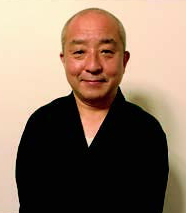

Takuya Yamaguchi, Palace Master
Best viewing spot #1
[Ganjo-ji Temple] Kikyo, the family crest of the Akechi family.
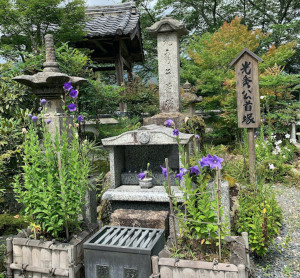

Best viewing spot #2
[Rozanji Temple] Kikyo (Chinese bellflower) associated with the Tale of Genji
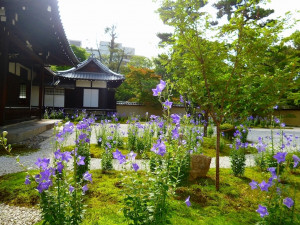

Family crests, which have been used as symbols of family status, and crests unique to shrines and temples, called kamon or temple crests, originated in the Heian period (794-1185) when court nobles added crests to their furnishings and personal belongings as landmarks.
There are currently more than 240 types, the most common of which are botanical crests with flower and leaf motifs, rich in plants of all four seasons.
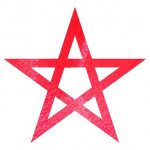

Over 600 interviews per year! An order site carefully selected by the editors who knows Kyoto and Shiga.
nowOfficial LINE friend registration500 yen OFF coupon is being issued!
Distributed every Friday morning at 8:00 am! From new restaurant information to event information that we want to share with you, We deliver articles about Kyoto that are useful to know. About 20,000 people have registered.Click here to add a friend!
 News
News Feature article
Feature article Featured event
Featured event